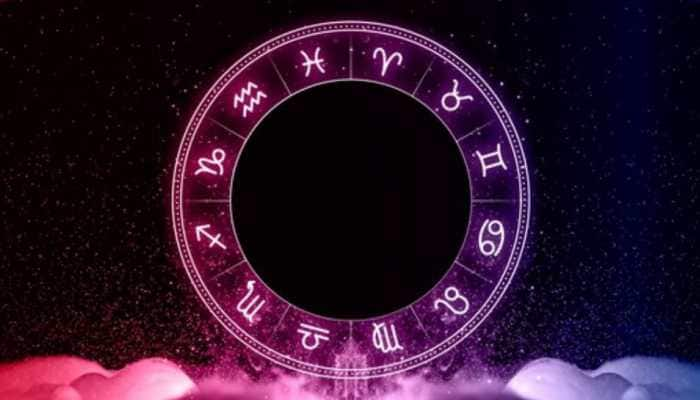PM Modi Inaugurates India's First Underwater Metro In Kolkata: Check Key Features
The concept of an underwater transportation system in Kolkata traces back to 1921 when the British first proposed the idea. However, soil tests yielded negative results, leading to the abandonment of the project.
Trending Photos
)
Prime Minister Narendra Modi today threw open the Howrah Maidan-Esplanade section of Kolkata Metro's East-West corridor bringing India in the elite list of countries having underwater metro rail system. The Howrah Metro station located beneath the River Hooghly is the country’s deepest station with tunnels extending 32 meters below the water level. Managed by the Kolkata Metro Rail Corporation Limited (KMRCL), a section of 10.8 kilometers operates underground, while 5.75 kilometers is elevated on a viaduct. With the inauguration, Kolkata has joined the list of few world cities like New York and Sanghai that currently have the underwater Railway services.
History Of Underwater Metro
The concept of an underwater transportation system in Kolkata traces back to 1921 when the British first proposed the idea. However, soil tests yielded negative results, leading to the abandonment of the project. The idea resurfaced in the 1980s but faced numerous challenges before finally being sanctioned in 2008.
Construction work began in 2009 after being sanctioned by the UPA government. Political hurdles and cost escalation caused delays, but despite the setbacks, the Howrah Maidan-Esplanade section now forms a vital segment of the East-West Metro corridor.
In April last year the Kolkata Metro achieved a significant milestone when its trains successfully underwent a trial run beneath the Hooghly River bed, traversing a tunnel located 32 meters below the water level. Following the inauguration on Wednesday, the commencement of services for public will happen at a subsequent date.
Key Details of the East-West Metro Corridor
Spanning a 4.8-km stretch between Howrah Maidan and Esplanade, the East-West Metro corridor connects key areas, including the IT hub Salt Lake Sector V. The project, built at a cost of Rs 4,965 crore, encompasses 10.8 km of underground tunnels, with the Howrah Metro station reaching a depth of 30 meters below ground level.
Featuring six stations, three of which are underground, the metro will improve accessibility and seamless transportation for Kolkata's bustling areas. With a travel time of just 45 seconds to traverse the 520-meter stretch under the river, it offers a time-efficient and speedy mode of transportation.
Benefits For Distant Commuters
The project is anticipated to benefit people from distant places such as Hooghly, Howrah, and Medinipur, as well as other states, allowing them to avail Metro services after reaching Howrah railway station. Beyond meeting transportation needs, the East-West Metro corridor aims to address long-standing issues of traffic congestion and air pollution in Kolkata. Once fully commissioned, it is expected to reduce carbon footprint, offering a greener and more efficient urban environment. In addition to the Howrah Maidan-Esplanade section, Prime Minister Narendra Modi will also inaugurate the Kavi Subhash-Hemanta Mukhopadhyay and the Taratala-Majerhat Metro sections in Kolkata.
India On Global Map
The Kolkata Metro has now joined the ranks of global cities with the implementation of an underwater metro system. Kolkata has joined the list of renowned metropolitan hubs such as London, Paris, New York, Shanghai, and Cairo that boast of the underwater metro.
At present, India's metro network stands as the world's third-largest, with a total of 905.42 kilometres of operational metro lines across 20 cities. Among these cities are Kolkata, Delhi, Gurugram, Chennai, Hyderabad, Bengaluru, Ahmedabad, Jaipur, Mumbai, Noida, Kochi, Lucknow, Nagpur, Kanpur, and Pune.







)
)
)
)
)
)
)
)
)
)
